Size app.: 38 cm (roughly 15 in) high in total, 25 cm (roughly 9.8 in) wide, 18 cm (roughly 7.1 in) deep. Very good condition, all added wiring with battery compartment are oxidized and some damaged (suppose it should work once rewired), cosmetically minimal age and usage wear mostly to the dome: several tiny chips plus micro scratches here and there. Black finish of wooden stand is VG+ – never seen such well-preserved one. Not tested for functionality thus not guaranteed to work. Please study high-res pictures for cosmetic condition! In person actual item may appear darker or brighter than in our pictures, strictly depending on sufficient light in your environment. Weight of app. 3.8 kg is going to measure some 6 kg volume weight packed for shipment.
The Inventors Bulle electric clocks were developed in France just prior to the Great War of 1914-1918. It was at time in the early 20th Century that there was a great deal of activity throughout Europe, the UK and USA in developing domestic clocks, which would operate on battery power. Two Frenchmen, working initially independently, on aspects of electric solenoids and clockwork mechanisms ultimately came together to create the Bulle clock. Professor Marcel Andre-Moulin gained a Science degree in 1904 and his Doctorate in Science in 1910. He became a lecturer in Chronometry at the Faculty of Science Bensancon and then was named Director of that Institute. By 1912 Andre-Moulin had developed the system of using a solenoid with a 3 pole tungsten magnet which, in 1914 he used to construct an electric clock. Maurice Favre-Bulle was born in Bensancon, into a family of clockmakers. He studied at l'Ecole d'Horolgerie de Bensancon from 1885 - 1888 before joining his brother in taking over and running the family clock factory Favre-Heinrich. During the Great War Favre-Bulle worked at the engineering laboratories of the Faculty of Sciences of Paris, developing military timers, watches, timing systems and telegraphy. At the end of the war Favre-Bulle joined with Marius Lavet to form La Societe Bulle et Cie, a company to develop prototype electric clocks. In 1920 a patent was taken out by Favre-Bulle for an electric clock. The patentees were Favre Bulle and Madame Veuve Andre-Moulin, the widow of Marcel Andre-Moulin. The commercial exploitation of this patent followed. In 1920 Compagnee Generale des Appareils Horo-Electrique was established to commence the commercial production of the Bulle clock. During the period 1920 to 1952 production is estimated to have been some 3,000 clocks. All used the contact system as outlined in the original patent and over 100 different case designs were utilized. As the years progressed the movement remained basically unchanged although new materials were introduced as they became commercially available, e.g. aluminum, Bakelite, chrome. Production was also started in England in 1934 and these clocks exhibited obvious differences to the French product, particularly in the direction of reducing the cost. This included lighter gauge metal, steel plate rather than brass, smaller half-arc magnets, etc. Favre-Bulle died in April 1954, aged 84. Production ceased as he had no descendants and transistor control of electric clocks was immanent thus making the Bulle technology redundant.































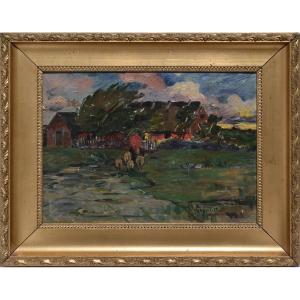



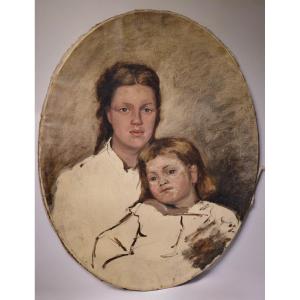

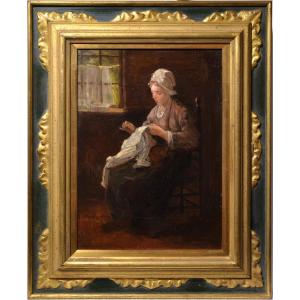
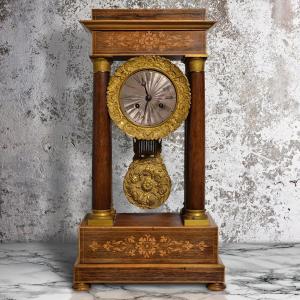




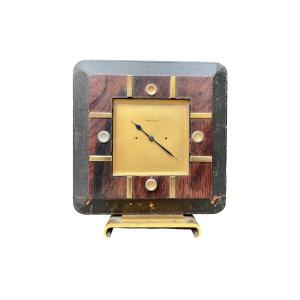
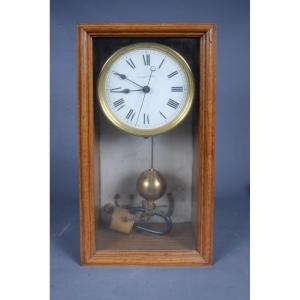

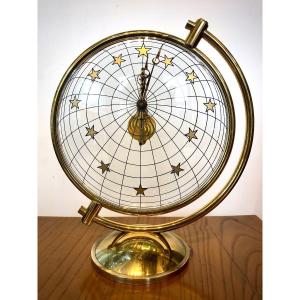



 Le Magazine de PROANTIC
Le Magazine de PROANTIC TRÉSORS Magazine
TRÉSORS Magazine Rivista Artiquariato
Rivista Artiquariato